Zhang Leping’s manhua The Wandering Life of Sanmao (三毛流浪记) follows Sanmao, a young boy continuously faced with personal and political hardship. This is a comic which reflects the time which preceded it, with veracity and tenderness. Prior to his comics career, Leping served as a captain of the Military Affairs Department comic propaganda team. The Sanmao books were created in 1935 shortly after what is referred to as the January 28 Incident – which left China in a state of economic and social turmoil.

The Wandering Life of Sanmao (second in the collection) reflects Leping’s experience, particularly one of living among the orphans left behind by war. The Wandering Life of Sanmao offers a comic in which humor is analogous to tragedy, without any sense of irony, a hard punch to the gut. While political comics often can be snide about the way they disseminate their ideology, despite Leping’s fierce nationalist alignment and debilitating alcoholism, he chose to instead use empathy and not intellect to tell his story. The comic is rich in historical content, as the reader can experience China fighting a westernization, through its backgrounds, the passing civilians in visual description and demeanor. Leping writes a wonderful child hero, whose heroism is in his endurance. Sanmao, named for the three hairs on his head, begins as an ordinary child, who has his life essentially taken from him as a result of the war.
The drawing of the original black and white comic is superb, and though never published in the US is completely readable through images alone. Except for signage and a handful of panels, the bulk of the comic is pantomime. Even the dialogue expressed between characters is drawn and not written! Although the relationship between words and pictures in comics should never be debased (as it may be in the show-don’t-tell school of comics) the silence experienced in this comic is unbreakable, and this is a comic that keeps you within its timing, only refraining for pauses of humor, a softness. Leping’s work is noble, leaving his reader in awe of how a man who has experienced so much can describe innocence as he does. This particular collection of comics has been adapted into color comics, animation, film and even live theater productions over the span of 80 years.
Reading and making comics keeps you in a state of constant self-edification. At times we can get caught up in learning about the future direction of our art worlds, and we forget to pull from both sides – the vanguard of the present and the bottom of the past. Though the story of Sanmao is well ingrained in Chinese popular culture, it may fly under the radar of the contemporary comics readers. The reason to discuss this topic is to resurface an older history that belongs to many – not just the comics audience, not only the art-book community – and show the potential comics can have.
The Wandering Life of Sanmao is available in Chinese and French. The French edition won a Heritage Award at the 42nd Angoulême International Comics Festival (in 2015, 23 years after Leping’s passing). The classic black and white comic is harder to come by, but for those within driving distance, UC San Diego (California) has in its faculties a full collection of reprints.
Following is an excerpt from the 1981 published collection of 155 pages of the story of Sanmao (I wish I could inform you about which publisher, but I can’t read Chinese – if anyone reads this and knows, feel free to let me know.)




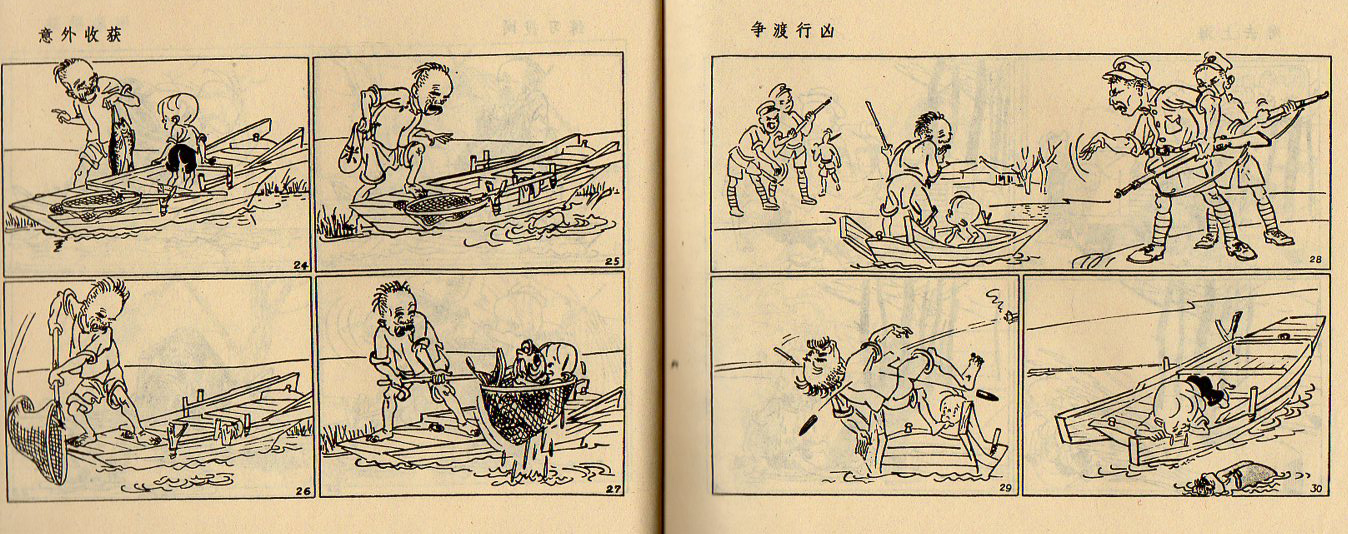
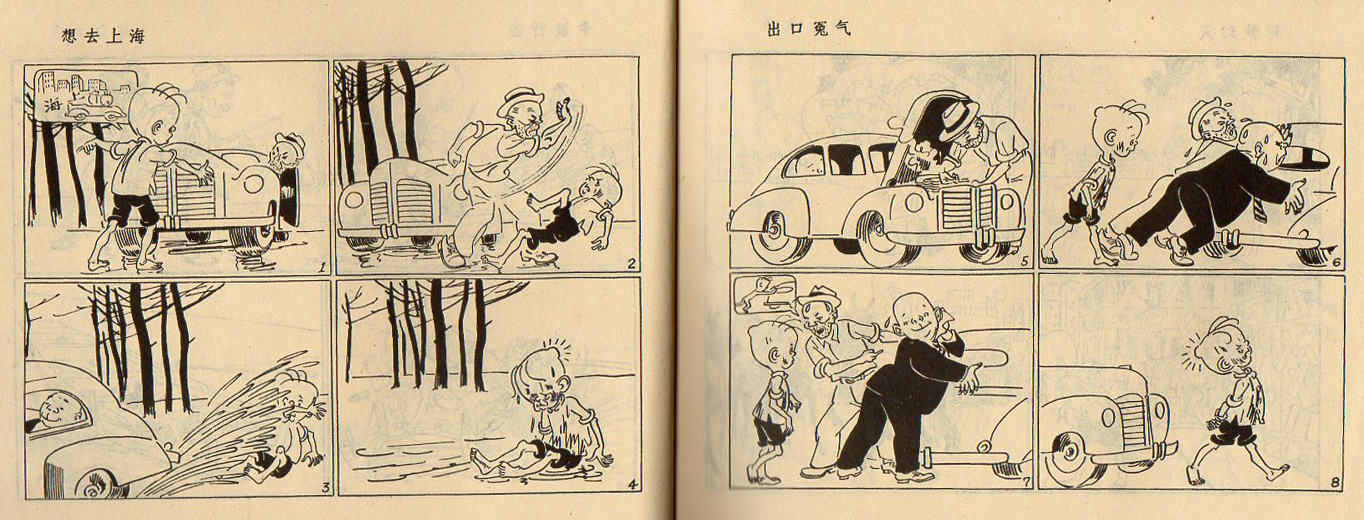

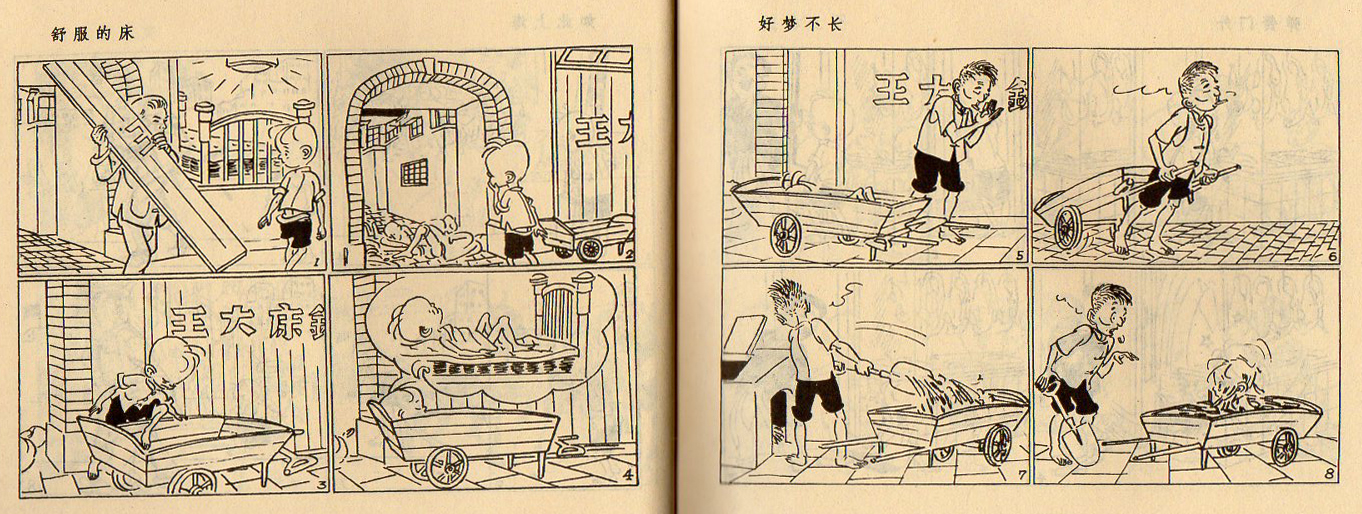

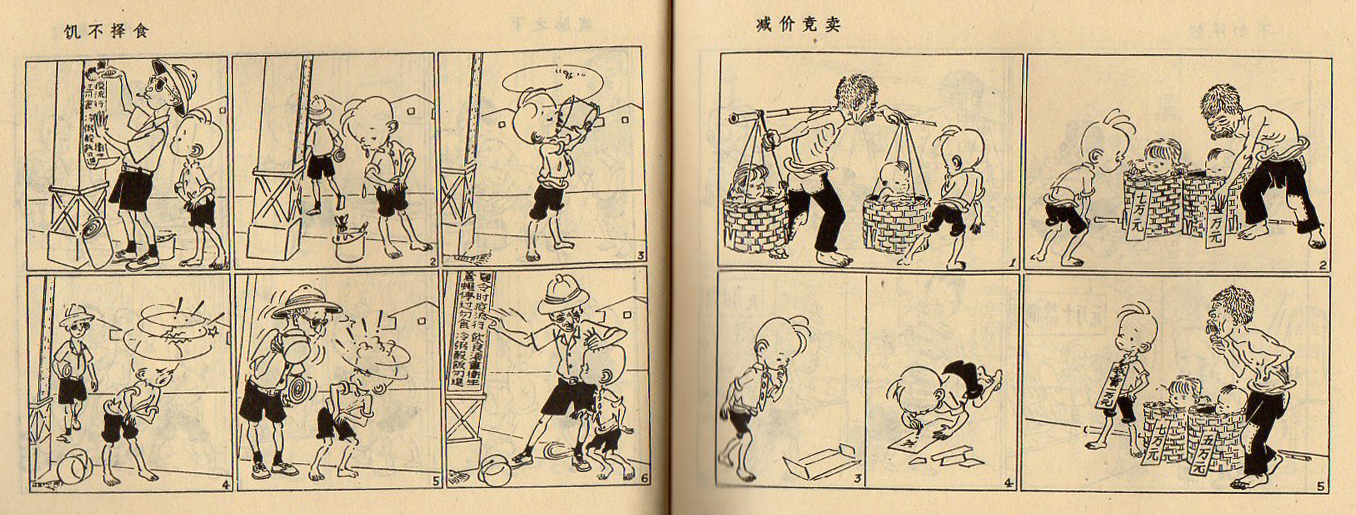

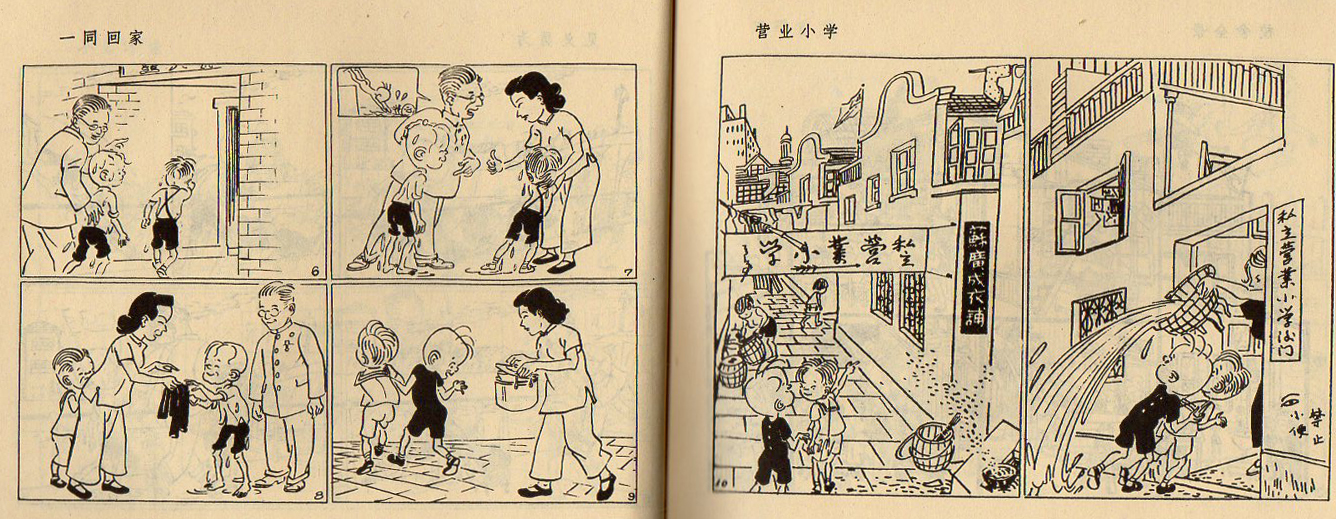

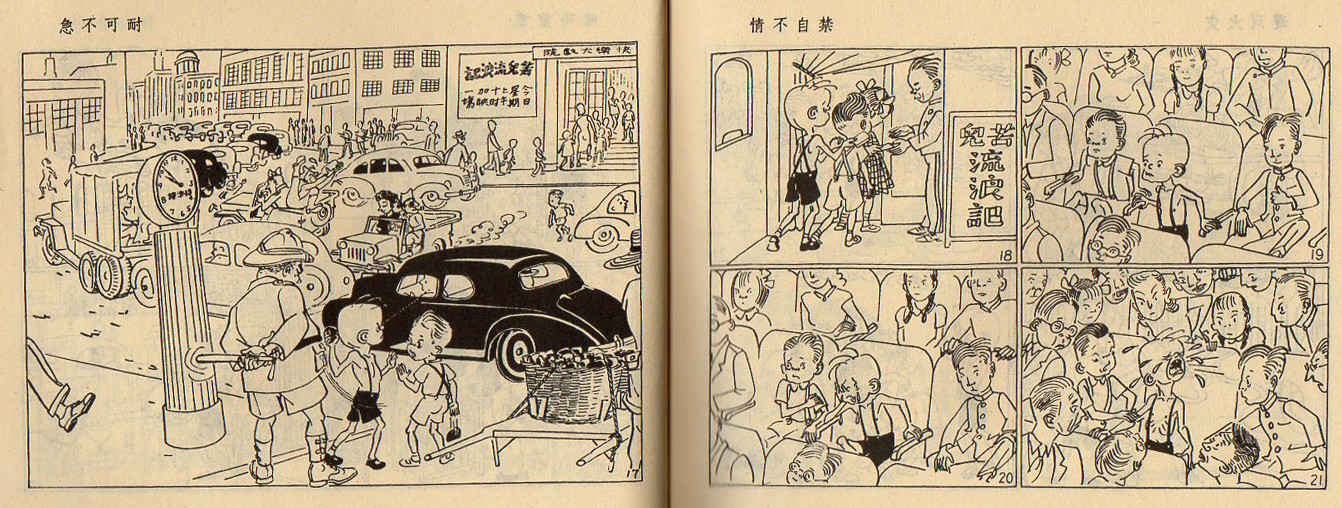
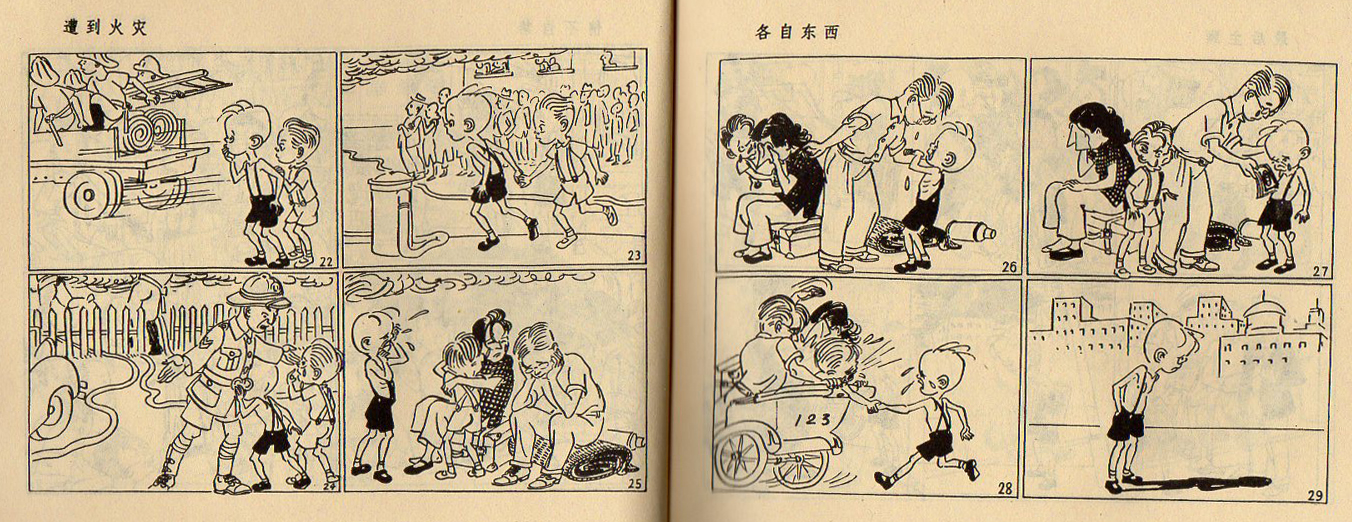
One thought on “Looking on the Past”